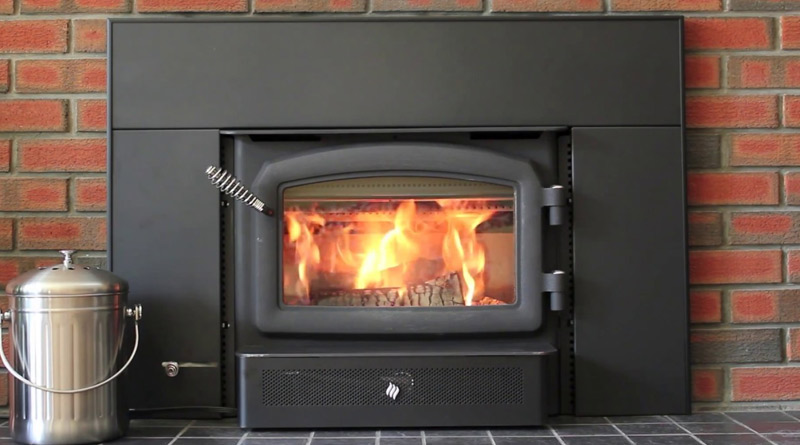Advantages of an Outdoor Corn Boiler
Have you considered getting an outdoor corn boiler? With heating costs rising and concern about use of petroleum for heat and energy production, it’s no wonder that more people are beginning to wonder about alternative options for heating their homes. One lesser known heating method is the corn boiler. These outdoor heaters burn renewable fuels, such as wood pellets or feed corn, and offer a cost-effective, energy efficient, and safe alternative to standard heating methods.
However, it’s important to install and operate your furnace correctly and according to the recommendations of the manufacturer if you want to get these benefits. Operating an outdoor boiler inappropriately can lead to greater emissions and pollution. However, when installed and used correctly, this alternative heating option can offer significant benefits. For instance, since outdoor corn boilers are located outside, the risk of a fire inside the home is eliminated. As well, the possibility of smoke and carbon monoxide buildup that comes with indoor wood burning isn’t a problem. Outdoor corn boilers are also inexpensive.
People who own outdoor furnaces can find themselves paying a quarter to half as much for heat, depending on fuel cost. Most outdoor furnaces don’t need to be loaded often. Once or twice a day is common for versions that burn wood, and those with corn hoppers can sustain their heat for days on one load of wood. Some people have even managed to maintain heat for two weeks without having to refill their outdoor corn boiler.
Outdoor furnaces also offer a more even heat than wood stoves. This is because a thermostat controls the heat they produce. fireplaces and wood stoves are notorious for hot spots and cool spots. Using an outdoor corn boiler removes this problem entirely, as the heat from the furnace enters the home via water radiators or forced air. It’s important to remember that even efficient methods of heating like outdoor corn boilers can be affected by outside factors. For instance, inefficient windows and doors, colder outside temperatures, cold air entering the furnace, and poorly insulated buildings are all capable of decreasing furnace efficiency. These problems can be rectified by insulating the buildings that are being heated, installing efficient windows and doors, and keeping cold air out of the furnace.
There are many myths about corn and wood furnaces that prevent people from using them. You might have heard that burning corn or wood is bad for the environment. In fact, these fuels are carbon neutral – burning them doesn’t cause a net increase in greenhouse gas emissions. Heating with these resources also reduces our dependence on fossil fuels, such as oil, which do cause a net increase in emissions. Heating an average home with wood can save sufficient nonrenewable fossil to operate a car for a whole year.
People have also said that outdoor furnaces provide a nuisance and have greater particulate emissions than regular wood burners. While this can be true if the owner of these stoves is irresponsible, the same can be said of cars and of standard wood stoves. A properly installed and operated outdoor corn or wood boiler has emissions that are comparable or less than wood stoves. New EPA guidelines mean that outdoor boilers are cleaner than ever.

